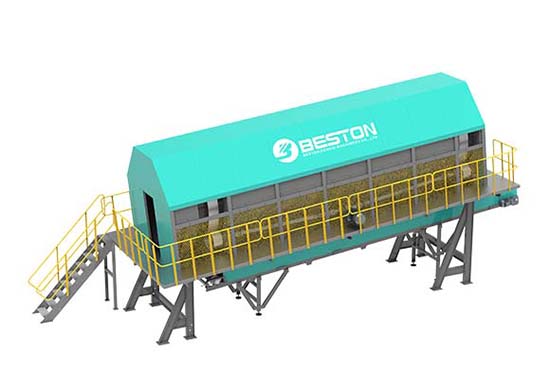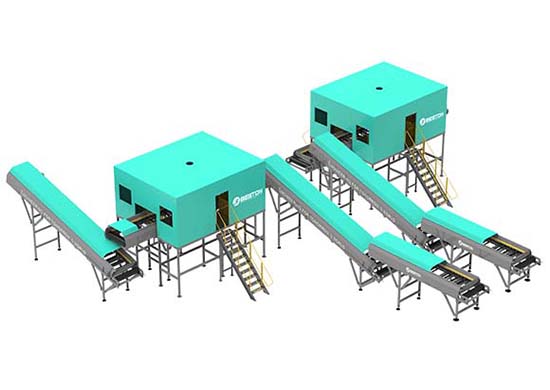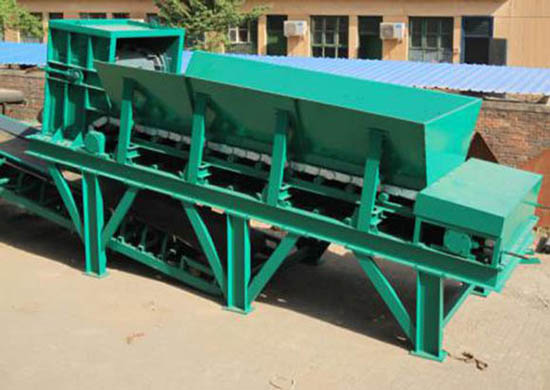Garbage is an unfortunate reality that we have to deal with in today’s society. From household products to building materials, many items are thrown away on a daily basis. Figuring out how to deal with all of the waste in a way that is both economically feasible and environmentally friendly is extremely challenging.
Garbage disposal stations play a key role in the waste management process. These stations provide drop-off points for garbage, allowing it to be separated and sorted so that it can be processed in the most eco-friendly way possible.

The need for garbage disposal stations is significant in many areas, ranging from urban environments to rural settings. Cities are usually densely populated, which means that residents who live there generate a large amount of garbage (reciclar gran cantidad de basura). This garbage needs to be effectively managed to keep the city itself clean. Through the use of garbage disposal stations, the garbage can be collected, sorted, and sent for processing, depending on whether it needs to be thrown away or recycled.

Rural areas can also benefit from disposal stations. Usually, small transfer stations are set up in less populated areas. These transfer stations serve as collection points for garbage for people who live in the surrounding area. The garbage is usually at least partially sorted at the transfer station before being sent to a larger garbage disposal station (tratamiento de residuos) for further processing.
Waste management is a complex field that requires innovative thinking and creative solutions. This is particularly true in this day and age since the volume of garbage that is created on a daily basis is so high. Without effective waste management systems, dealing with so much garbage would be practically impossible.

Collection stations are an important part of the process. They can range in size from quite small to extremely large, depending on the population of the area that they serve.
Most modern garbage disposal stations are designed to minimize the amount of waste that winds up in the landfill(Bestongroup). In order to accomplish this, most of the materials that are disposed of are carefully sorted so that they can be separated and recycled if possible.
For instance, a single load of garbage could contain cardboard, glass, metal, plastic, paper, and other recyclable materials. Thanks to technological advancements, much of the sorting process can now be done automatically without the need for manual sorting. Specialized machines help separate the materials, bundling them together so that they can be sent off for recycling. Automating the process makes it possible to deal with a much larger volume of waste in a shorter amount of time.
All areas can benefit from garbage disposal stations. These stations perform an essential function in modern-day waste management. They not only serve as a collection point for garbage but also are often used for separating recyclable materials from the garbage before it is disposed of. As technology continues to advance, the methods used for processing waste will most likely become even more sophisticated, further helping to reduce the amount of garbage that ends up in landfills.